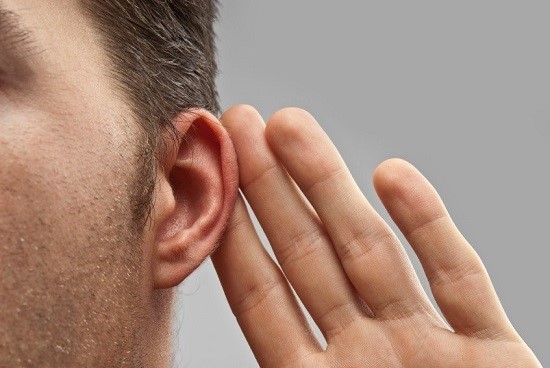
To say that hearing loss is widespread is somewhat of an understatement. In the US, 48 million individuals report some measure of hearing loss. As a result,, on average, for every five people you encounter, one will have hearing loss. And at the age of 65, it’s one out of three.
With odds like this, how can you prevent becoming one of those five?
To help you understand how to sustain healthier hearing throughout your life, we’ll take a look at the causes and types of hearing loss in this week’s blog post.
How Healthy Hearing Works
Hearing loss is the interruption of normal hearing, so an appropriate place to begin is with a familiarity of how normal hearing is supposed to work.
You can picture normal hearing as consisting of three chief processes:
- The physical and mechanical conduction of sound waves. Sound waves are produced in the environment and travel through the air, like ripples in a lake, eventually making their way to the external ear, through the ear canal, and ultimately hitting the eardrum. The vibrations from the eardrum are subsequently transferred to the middle ear bones, which then trigger the tiny nerve cells of the cochlea, the snail-shaped organ of the inner ear.
- The electrical transmission from the inner ear to the brain. The cochlea, once stimulated, converts the vibrations into electrical impulses that are transmitted via the auditory nerve to the brain.
- The perception of sound in the brain. The brain perceives the electrochemical signal as sound.
What’s interesting is that what we perceive as sound is nothing more than sound waves, oscillations, electric current, and chemical reactions. It’s an entirely physical process that leads to the emergence of perception.
The Three Ways Normal Hearing Can Be Interrupted
There are three primary types of hearing loss, each interfering with some aspect of the normal hearing process:
- Conductive hearing loss
- Sensorineural hearing loss
- Mixed hearing loss (a mixture of conductive and sensorineural)
Let’s take a look at the first two, including the causes and treatment of each.
Conductive Hearing Loss
Conductive hearing loss impedes the physical and mechanical conduction of sound waves to the inner ear and cochlea. This is due to anything that obstructs conduction.
Examples include malformations of the outer ear, foreign objects within the ear canal, fluid from ear infections, perforated eardrums, impacted earwax, and benign tumors, among other causes.
Treatment of conductive hearing loss consists of removing the obstruction, dealing with the infection, or surgical correction of the malformation of the outer ear, the eardrum, or the middle ear bones.
If you have conductive hearing loss, for instance from impacted earwax, you could possibly begin hearing better instantly after a professional cleaning. With the exception of the more serious forms of conductive hearing loss, this type can be the simplest to treat and can restore normal hearing entirely.
Sensorineural Hearing Loss
Sensorineural hearing loss inhibits the electrical conduction of sound from the inner ear to the brain. This is caused by damage to either the nerve cells within the cochlea or to the auditory nerve itself.
With sensorineural hearing loss, the brain receives compromised electrical signals, reducing the volume and clarity of sound.
The primary causes of sensorineural hearing loss are:
- Genetic syndromes or fetal infections
- Typical aging (presbycusis)
- Infections and traumatic injuries
- Meniere’s disease
- Cancerous growths of the inner ear
- Side effects of medication
- Sudden exposure to exceedingly loud sounds
- Long-term subjection to loud sounds
Sensorineural hearing loss is often connected with direct exposure to loud sounds, and so can be protected against by staying clear of those sounds or by protecting your hearing with earplugs.
This form of hearing loss is a little more difficult to treat. There are no present surgical or medical procedures to heal the nerve cells of the inner ear. However, hearing aids and cochlear implants are very effective at taking on the amplification assignments of the nerve cells, producing the perception of louder, clearer sound.
The third type of hearing loss, mixed hearing loss, is basically some mixture of conductive and sensorineural hearing loss, and is treated accordingly.
If you have any trouble hearing, or if you have any ear pain or dizziness, it’s a good idea to talk to your doctor or hearing professional as soon as possible. In almost every instance of hearing loss, you’ll attain the best results the earlier you address the underlying problem.
